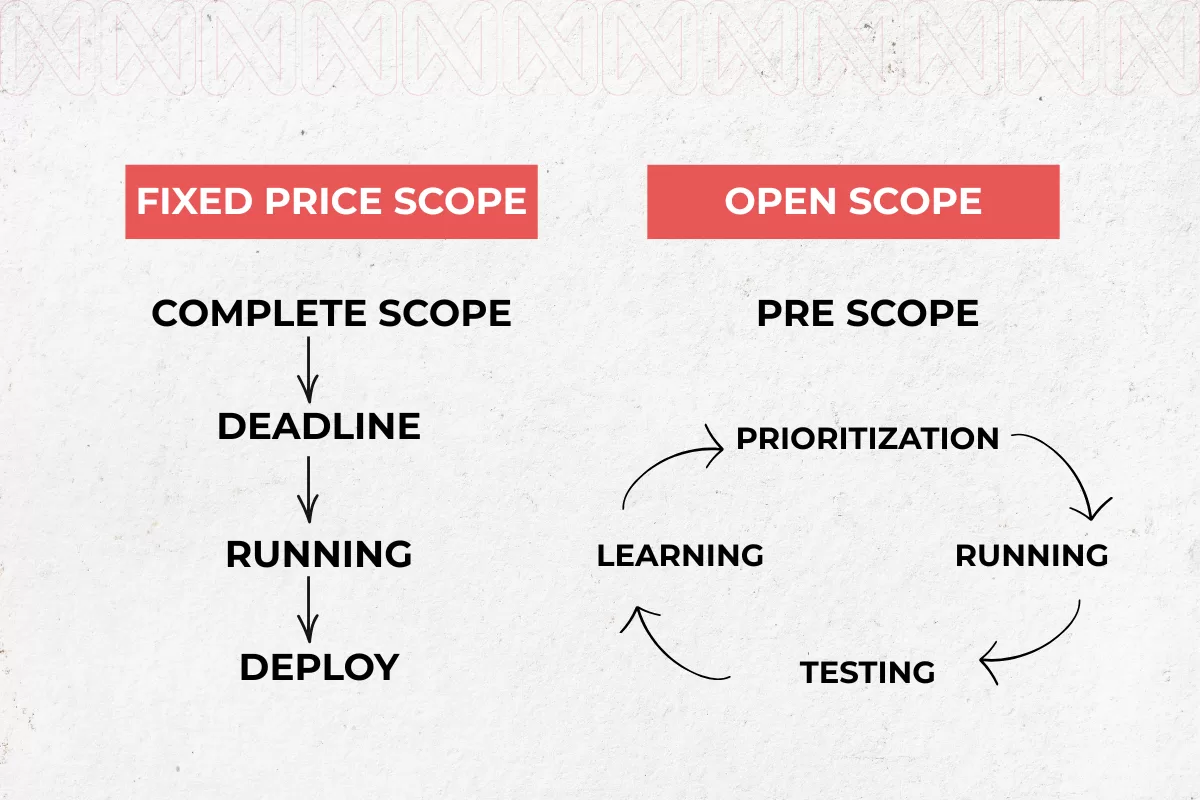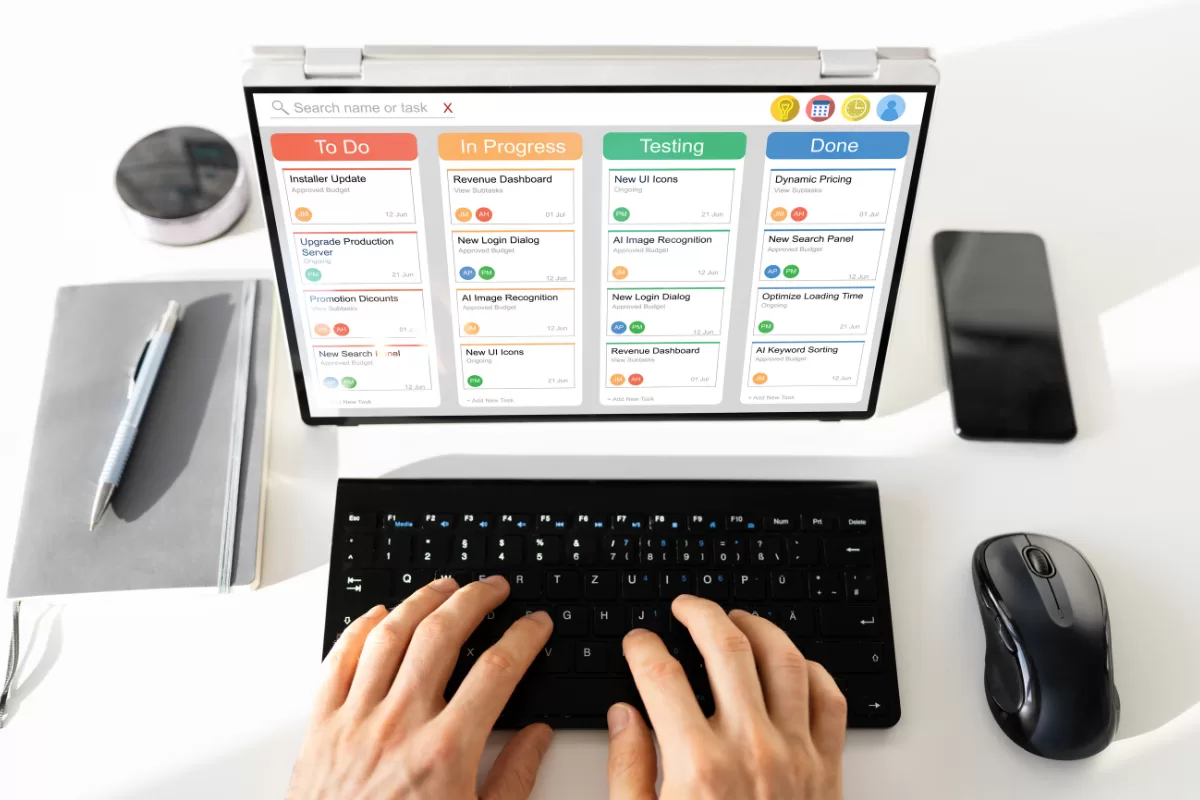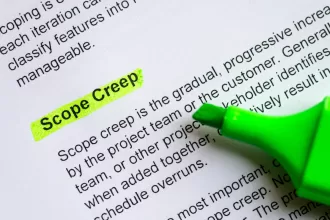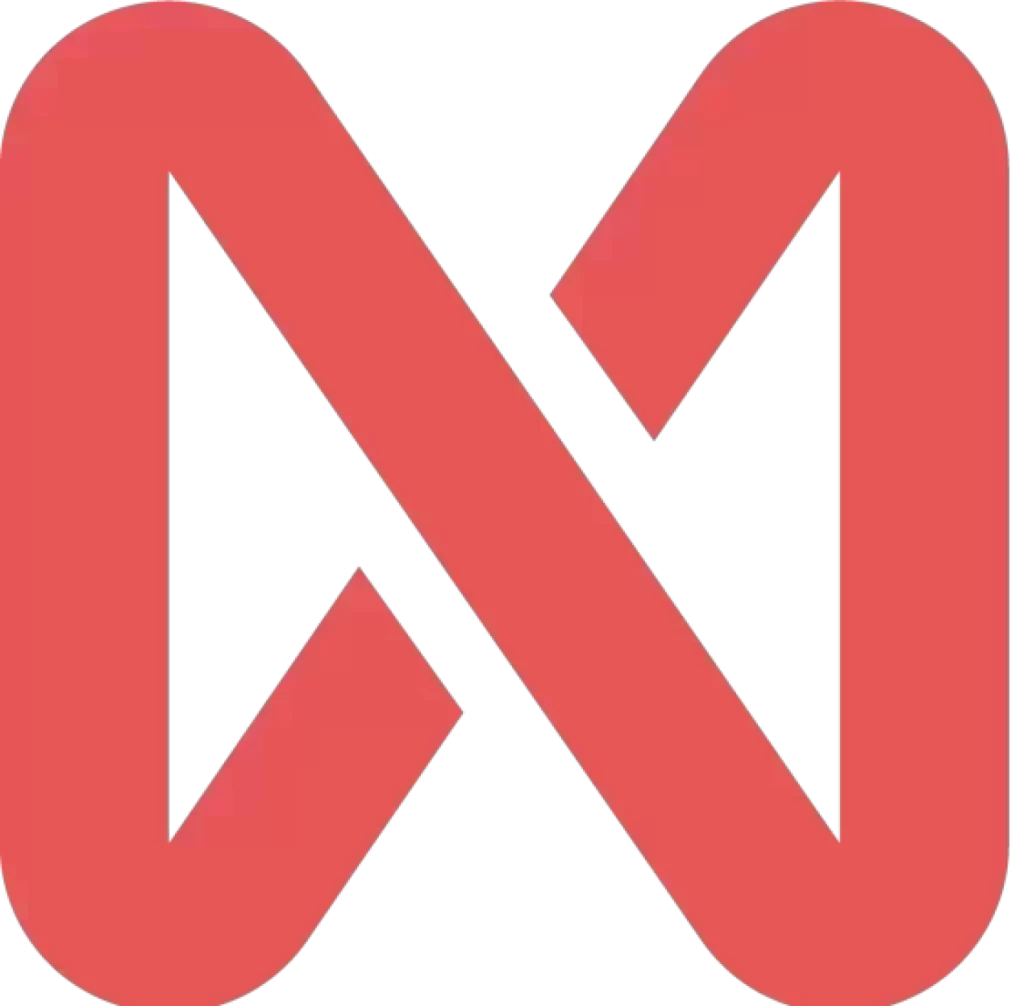You have an idea for a system or feature and know what needs to be done, but then comes the big question: how should you execute it? Fixed contract or agile team? Can everything be defined upfront, or is it better to build and adjust as you go?
This decision is more common (and more important) than it seems. Choosing between a fixed or open scope — the latter often using agile methodologies like Scrum — can have a direct impact on your product’s success. Especially when we’re talking about outsourcing, like we do here at NextAge.
Let’s cut to the chase: in this article, we’ll show you how each model works, where they shine, and where they can fall short. By the end, you’ll have a much clearer picture of which approach fits your project best.

Projects with Fixed Price: All About Predictability
In the fixed scope model, everything is agreed upon before the team writes a single line of code. It works much like a construction contract — you define what’s going to be built, how much it will cost, and when it will be delivered.
This model makes a lot of sense when the project is already well-thought-out: you know exactly what you need, which screens and features are required, what the business rules are — and now you just want the team to deliver it efficiently.
The advantages:
- You have a clear timeline and budget from the start.
- Ideal for specific deliveries like MVPs or isolated modules.
- Requires minimal client involvement after the planning phase.
The downsides:
- Changes along the way lead to rework and extra costs.
- Planning needs to be detailed and time-consuming.
- Not great if your idea is still evolving
At NextAge, we approach fixed scope in a different way, without the usual limitations. We’ve adapted this model into something we call a referential scope.
In this approach, the focus is on a solid planning phase centered on the project’s key goals. These objectives serve as a reference throughout the development process, allowing for flexibility and smart decision-making as new details emerge.
With this, we overcome the rigidity of traditional fixed scope and deliver projects with better alignment, predictability, and room for the real-world challenges that often come up along the way.
Scrum: Continuos improvement

Scrum is an agile methodology that works in short, iterative cycles called sprints. Each sprint (typically two weeks long) delivers something functional, tested, and ready to be used or validated.
The idea here isn’t to lock down everything at the start, but to move fast, listening to the client and adjusting based on what the team learns. In other words, the product takes shape as it progresses, leaving room for changes, improvements, and new ideas.
Strengths:
- Flexible enough to adapt the project over time.
- Frequent deliveries that focus on real business value.
- Close client involvement ensures constant alignment.
Things to keep in mind:
- You’ll need someone on your side actively participating.
- Final cost depends on how long the project runs (per hour or per sprint).
- Without a clear vision, the team may lose focus.
At NextAge, when a project is large, complex, or still in the discovery phase, we assemble agile squads to work in fast delivery cycles with continuous alignment. The client is part of the journey, learns along the way, and watches the product take shape in a solid, progressive manner.
So Which One Works Better for Staff Augmentation?

When you’re outsourcing development, choosing the right model becomes even more critical, not just for time and budget, but for the kind of delivery you expect.
If your project is well-defined and just needs to be built, the referential scope model, as we use it at NextAge, can work very well.
But if you’re looking for more involvement and a team that thinks alongside you, then Scrum with a dedicated squad is the better fit.
At NextAge, we work both ways. We have experience with referential-scope projects that require precision and fast delivery. And we also assemble tailor-made agile squads, with strong culture, deep client alignment, and continuous delivery of value.
The Right Choice Depends on the Challenge
There’s no single model that works for every project. What matters is choosing the right approach for your current stage and your specific goals. And having a partner who’s fluent in both, and can help guide you to the best path.
Want to chat about your project and figure out which model makes the most sense?
Talk to NextAge. We deliver custom technology solutions with referential scope, agile methodology, or the best of both worlds.






